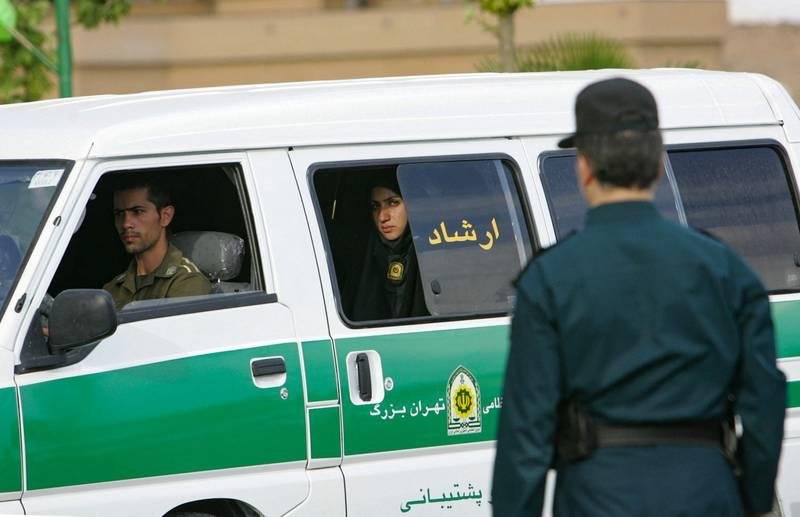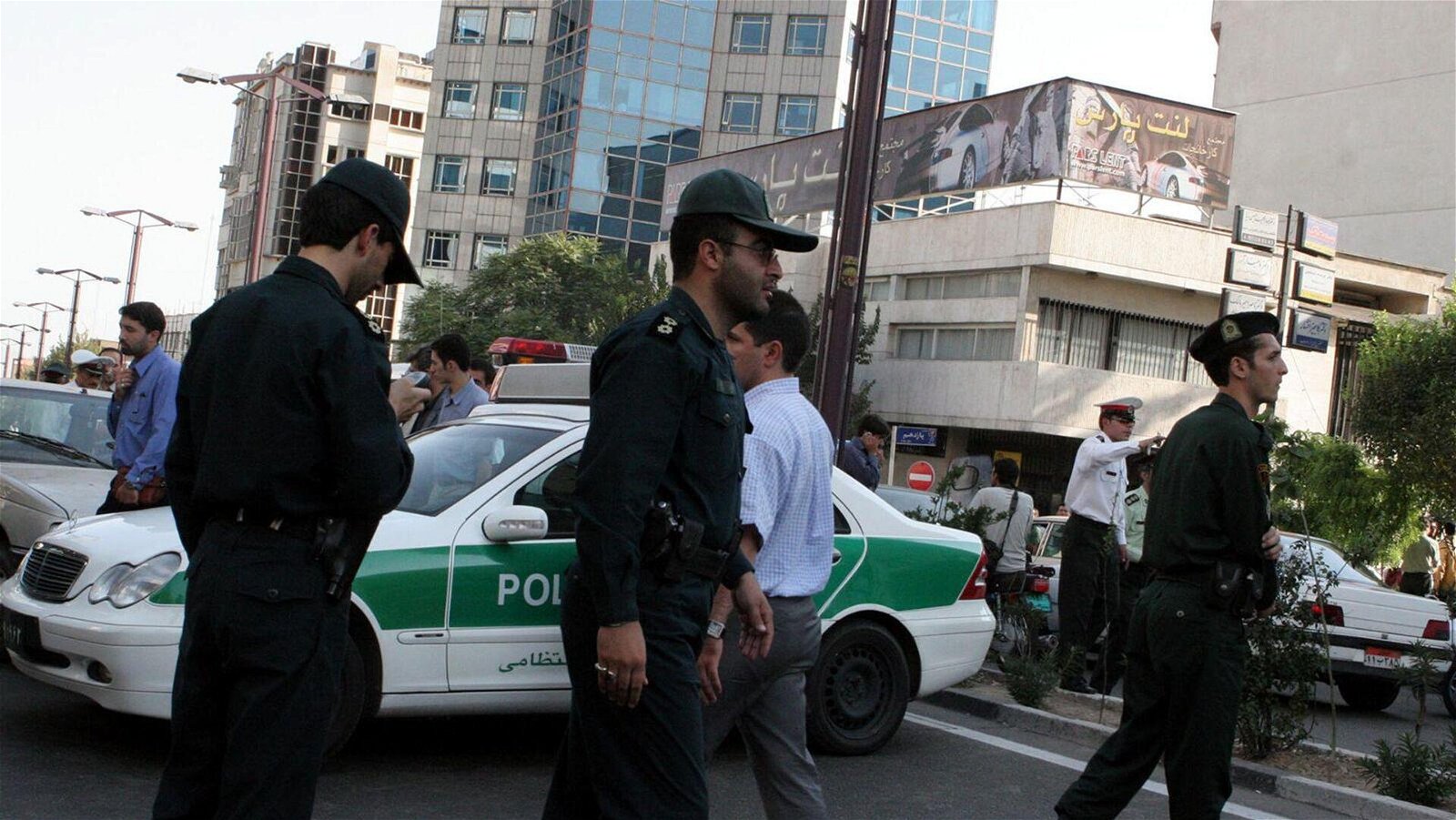Mullah regime in Iran faltered? Gasht-e-Ershad to be abolished
The Iranian government seems to be reconsidering the present model of the state system which was established more than forty years ago after there was a real threat of revolution due to the mass protests concerning the country which was triggered by the tragic incident related to Shariah police, in fact, the morality police, two and a half months ago.
As you know, the riots in IRI began on September 16 after the funeral of 22-year-old Mahsa Amini. According to the official version, the police detained the girl for improperly wearing hijab, but during interrogation, she had a fatal heart attack. On social media, however, it was reported that Amini was beaten by police officers overseeing the observance of Islamic canons and that she died as a result of severe injuries.
The day before, reports surfaced citing Iranian Attorney General Montazeri that authorities had allegedly suspended the activities of the Shariah morality police, called "Gasht-e-Ershad" (literally, volunteers), which monitored religious Islamic norms and public morality.
"The morality police have nothing to do with the judicial system," Montazeri said, and even encouraged that Iranian authorities might reconsider the law on the compulsory wearing of the hijab for women. The attorney general said legal scholars are working on the issue and proposals will be submitted to parliament within a week or two, but added that the street protests that erupted more than two months ago had many causes.

Actually, the morality police are the so-called guidance patrol of the Law Enforcement Forces of the Islamic Republic of Iran. It is part of the Law Enforcement Forces, which are under the control of the Ministry of Interior of the country. The body was created in 2005, and its main task was to maintain order in the streets in accordance with the laws of Shariah.
The very fact that the morality police were abolished is an event of extreme importance for IRI, meaning that the totalitarian Islamic regime of the mullahs, established more than forty years ago, has seriously shattered for the first time. In addition, the retreat from rigid religious rules is also a psychological triumph for the protesters, given the massive and ongoing nature of the unrest, which has victimized hundreds of citizens, although there is conflicting information about this.
Thus, according to the Iranian agency Tasnim, the number of citizens killed during the protests has reached 200 people, including civilians, security personnel, and members of armed counter-revolutionary and separatist groups. At the same time, as the Associated Press reports referring to Amir Ali Hajizadeh, an Iranian commander of the Islamic Revolutionary Guard Corps (IRGC), more than 300 people, including security forces, were killed during the protests. At the same time, the Iran Organization of Human Rights Activists claims the deaths of 451 protesters and 60 members of the security forces. According to the UN, there were more than 300 deaths, including more than 40 children, during the protests in the Islamic Republic.
The discrepancies in the statistical data from the various sources do not, in principle, change the essence of what is happening. The reality is that the regime in Iran is facing a severe internal crisis, the unpredictable consequences of which the religious and political elite is now also aware. That is why the current protests have not stopped, even despite the use of firearms by the authorities.
According to Iranian media, the Hengaw human rights group has recently reported that Iranian security forces have significantly increased the use of weapons against protesters. According to Iran International (II), the ruling regime is unable to rectify the situation in the country on its own.
Moreover, Iran International reported that on Saturday, December 3, Tehran asked Moscow for help in suppressing the protests by delivering equipment and training. Interestingly, the news source relied on classified files obtained by hackers and transmitted to the channel. Among other things, Moscow was tapping Western communications to provide Iran with data on the nature and strength of the protest movement.

It was even reported that only 300 people responded to the call of the Commander-in-Chief of the Islamic Revolutionary Guard Corps for a thousand retired servicemen to return to duty to quell the popular uprising. This shows that the former adherents of the theocratic regime are now also self-effacing from the rigid rules.
And one more revealing fact. Iranian President Ibrahim Raisi, speaking on the occasion of Iran's Constitution Day on December 3 on state television about the possibility of amending some articles of the country's Basic Law, adopted in 1979, said that Iran's constitution "contains no deadlock and that its organization, drafting, and finalization were carried out in such a way that any deadlock in implementing the constitution and managing the country's affairs would be met", Al Hadath television channel reports.
Thus, the following conclusion can be drawn from Raisi's statements: first, Iran's constitution does not need to be amended; second, its laws are sometimes violated by the powers that be, in this case, the vice police, for which, incidentally, the current government is responsible. Accordingly, the abolition of the morality police is the best solution for the authorities to defuse the protracted tensions in the country, at least at this stage. However, the extent to which the Iranian leadership will be able to stop the protest movement, given the many other problems in the country to which Attorney General Montazeri indirectly alluded, is generally a rhetorical question...








